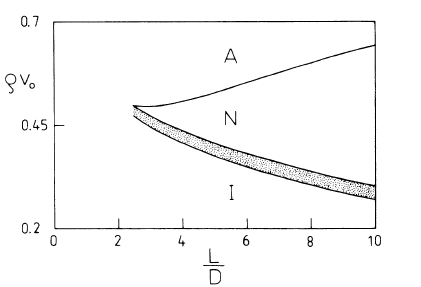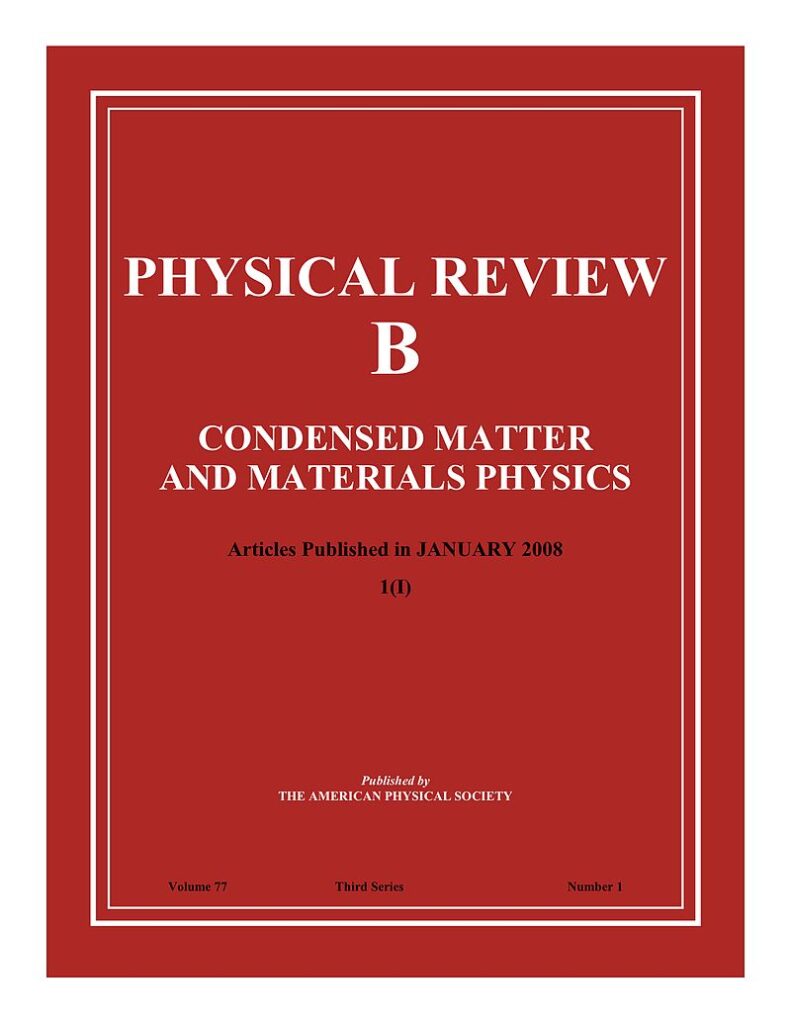
Nematic alignment at a solid substrate: The model of hard spherocylinders near a hard wall
A. Poniewierski and R. Hołyst
Phys. Rev. A 1988, 38, 3721
A system of hard spherocylinders near an impenetrable wall is studied in the low-density Onsager approximation. Using a simple local approximation for the one-particle distribution function, we show that the preferred orientation of the nematic director is parallel to the wall. The density and order-parameter profiles are calculated. The nematic main order parameter Q is enhanced near the wall even though the density is reduced. The wall-induced biaxiality P is small in the interfacial region. We find that wetting by the nematic phase should occur at the nematic-isotropic coexistence.




